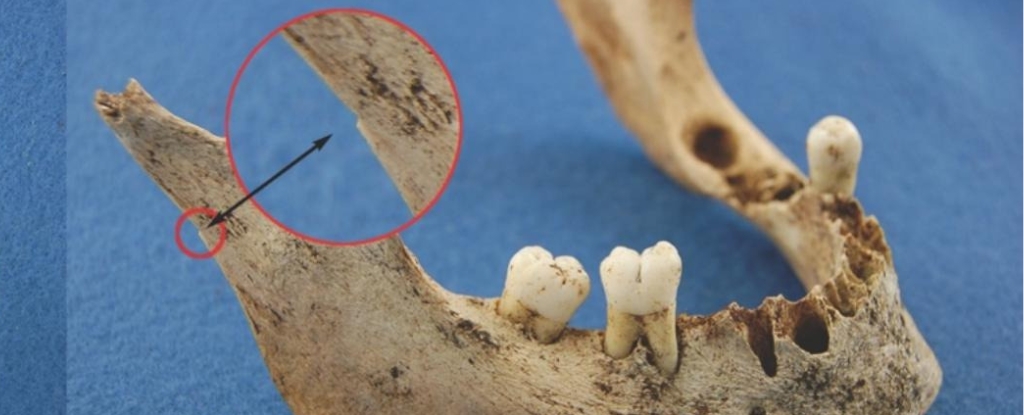Place your adverts here on InfoDig @ low rates; banner ads, sponsored links and guest articles etc. Contact us
Scientists have genetically engineered a special 'golden lettuce' that provides significantly higher amounts of vitamin A, a nutrient necessary for our immune function, vision, and growth and development.
Not only could the product itself deliver a critical nutrient to consumers, the same approach could be used to give other vegetables a health boost in the future.
After boosting the compound five-fold in the tobacco relative Nicotiana benthamiana, the team led by scientists from Valencia Polytechnic University (UPV) in Spain tweaked the genetic make-up of lettuce (Lactuca sativa) to increase its levels of beta-carotene; a red-orange colored compound that gets turned into vitamin A in our body.
Typically stored in the tiny green 'solar panels' that power photosynthesis known as chloroplasts, increasing the plant's beta-carotene stockpile would've been disruptive. To avoid interfering with the natural photosynthesis processes the lettuce needs to live and grow, the researchers had to think outside of the box.
"Leaves need carotenoids such as beta-carotene in the photosynthetic complexes of chloroplasts for their proper functioning," says molecular biologist Manuel Rodríguez Concepción, from UPV. "When too much or too little beta-carotene is produced in the chloroplasts, they stop functioning, and the leaves eventually die."
"Our work has successfully produced and accumulated beta-carotene in cellular compartments where it is not normally found by combining biotechnological techniques and treatments with high light intensity."
Some of the extra beta-carotene was stored in the cytosol, the fluid part of the leaf cells. More of the compound was produced by converting some chloroplasts into chromoplasts (or pigment wells) – via the introduction of the gene for the bacterial enzyme crtB – capable of storing even more beta-carotene.
On top of the genetic modifications, the plants were also subjected to high-intensity light treatments, which led to more fatty storage units known as plastoglobules being created inside the lettuce.
"Stimulating the formation and development of plastoglobules with molecular techniques and intense light treatments not only increases the accumulation of beta-carotene but also its bioaccessibility," says molecular biologist Luca Morelli, from UPV.
Improving the bioaccessibility of the lettuce's supply of beta-carotene increases its availability in the intestines, where it is converted into vitamin A. All this additional beta-carotene – which is found in abundance in carrots and pumpkins – turns the lettuce yellow, hence the name given to it by the researchers.
A 2023 study found vitamin A deficiency affects hundreds of millions of developing bodies around the globe. Finding novel ways to give the diets of more more people a much-needed upgrade is critical to limit the consequences of poor nutrition.
"Micronutrient deficiency, also known as hidden hunger, is still a major problem in many countries," write the researchers in their published paper.
"In particular, vitamin A deficiency causes xerophthalmia and can lead to other health problems and even death, affecting children from malnourished populations worldwide."
The research has been published in the Plant Journal.






![Wizkid’s Effortlessly Cool BoF 500 Gala Look Took Streetwear to Red Carpet Chic [WATCH]](https://www.bellanaija.com/wp-content/uploads/2024/09/Wizkid-at-2024-BoF500Gala-e1727668270938.jpeg)








 English (US) ·
English (US) ·